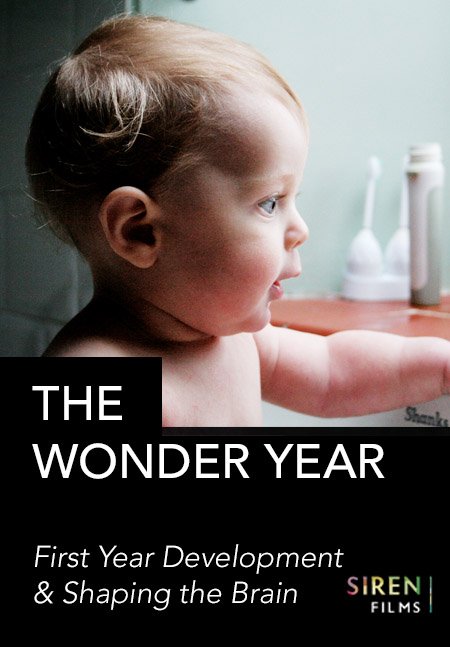How does experience help to shape the brain?
Our brains, at birth, are really a ‘brain in waiting’. Although we are born with all the neurons (the special cells in the brain that communicate with each other) that we will need, it is our experiences which influence the way in which our brains grow and develop.
There are two types of cells, the ones you will hear most about are the neurons and these are the ones that ‘talk’ to each other. We have about 100 billion of these and nearly all of them are present at birth. These neurons are special in that they both receive and send information. The parts of the cell that receive information are called dendrites and the cell also has an extension or ‘tail’ called the axon, which is the sender of information. While there can be lots of dendrites and neurons can have different shapes, they each only have one axon. Information received enters the cell via the dendrites and then is passed down the axon to its ‘end feet’ where sit little sacs of chemicals – neurotransmitters. All sensory information is transformed into an electrical impulse and when this reaches the end of the axon, it is the neurotransmitters that carry the message across a tiny space, called a synapse, to the dendrites of the next axon.
The value of experience for early brain development
Our brains will grow whatever our experiences are – but it is the type and quality of the experiences which establish what particular pathways are laid down . When sensory information (from outside our body through what we see, hear, touch, etc. and inside from heart rate, breathing, tummy rumbles etc which often alter in response to ‘outside’ information) reaches the brain, lots of connections are made between different groups of neurons. If the experience is repeated often enough, this makes a pattern between those connections that are most used. Other connections, which may have been made in the first place, but not used again or very rarely, wither away. You can imagine that when a baby is first born there is lots of information coming to the baby’s brain and somehow he has to make sense of it. The connections which fire repeatedly are strengthened, allowing them to fire more quickly, while those that are not used get pruned away. This is why providing the baby with consistent responses and familiar routines allow these patterns to emerge. The baby needs familiarity and repetition to begin to sort out his world, organising his brain.

The Wonder Year - 1st year & shaping the brain
£69.00 – £89.00
See the amazing development and learning that takes place in a baby's first year
View Product →